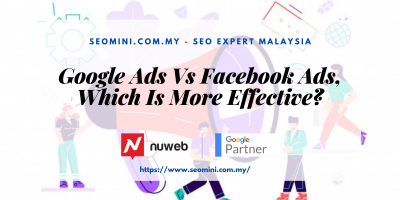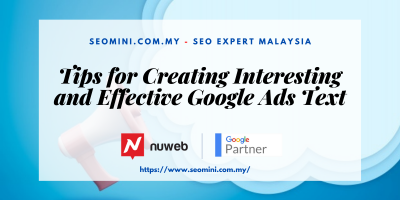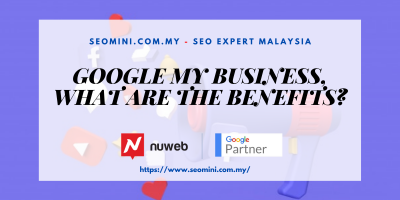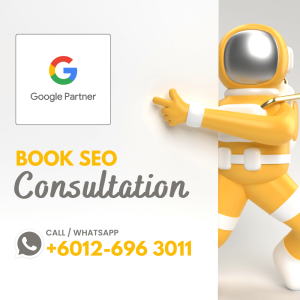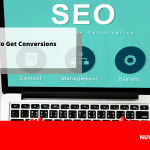Ignoring organic search traffic can be costly. I addressed the topic last year at Edgenet Academy (now Syndigo), which helps manufacturers and retailers manage product content. I shared the story of two competitors that sell equipment for printed products.
Spiral is an industry leader. It was founded in 1932. It has more employees, more customers, and generally more resources than others. MyBinding, founded in 1998, is an upstart. It has far fewer employees and resources. But it’s killing Spiral online.
…it’s killing Spiral online.
According to SEMrush, SpiralBinding.com ranks for 5,798 keywords versus 32,240 for MyBinding.com. The “upstart” has nearly six times the keyword space!
Presumably Spiral monitored rankings only for popular keywords. The company ignored the long-tail of search, which has been costly.
Long-tail of Search
Most queries related to manufacturers and retailers are long, descriptive phrases, and product focused. They have high purchase intent. Ranking well for such searches requires useful content and search-engine-optimization tagging.
SEO tagging for long-tail search takes much effort. But it’s worth it.
Consider an analogy. Google Shopping — once called Froogle — was originally free. As a result of being free and taking a lot of work to maintain, many marketers did the bare minimum. But Google Shopping is no longer free. It is valuable, costly traffic. Marketers now spend much time on that channel to maximize return on investment.
Similarly, marketers often view organic search traffic as “free.” Thus poor SEO efforts are not viewed as costly, even when pages are not indexed or don’t otherwise receive clicks.
As such, to improve organic search traffic, imagine that it’s not free. Imagine paying a fixed monthly fee to Google, regardless of whether your site received organic traffic. What would you do differently? I’ll offer ideas in this post.
SEO Tagging
First, let’s compare content and SEO tagging for the two competitors. The product-page screenshot below is from SpiralBinding.com. It has very little content.

The product page for “Laminated Pocket Folders” on SpiralBinding.com has little content.
The equivalent page for MyBinding.com is rich in content with product reviews, customization options, and frequently asked questions.
The product page for “Linen UV Printed Covers” on MyBinding.com is rich in content with reviews, customization options, and frequently asked questions.
Moreover, Spiral is missing critical SEO elements such as a meta description and H1 header. MyBinding, while not perfect (the meta description is too long), is much better.
Missing Elements
I reviewed the websites of many attendees at the Edgenet conference. Most had opportunities to improve organic search rankings. Three of the most common problems were (i) meta descriptions, (ii) image alt tags, and (iii) PDF viewers.
Missing meta descriptions. This was especially common in the appliances and construction verticals.
Many search engine optimizers will say that meta descriptions don’t affect rankings. They are right. Thus they make fixing them a low priority.
But while meta descriptions don’t impact rankings, they do impact clicks on search-result pages. Google often uses meta descriptions in the search snippets. If you don’t provide them, Google will. And you won’t like what Google provides!
Take, for example, what happened to a client a few years ago. The screenshot below shows a legal disclaimer, inserted by Google, in a search snippet.
Failure to provide a meta description can be costly. This search snippet from New Pig, a provider of industrial products, states, “Customer assumes the risk that a New Pig adhesive-backed mat may damage or alter customer’s existing flooring or floor covering.”
Missing product image alt text. This was another common issue, especially for furniture and fixture verticals.
Alt text helps search engines understand an image. And it’s more important than many merchants realize. Shoppers can now take pictures of products in, say, Lowe’s or Home Depot and quickly compare prices and reviews elsewhere using the barcode reader or reverse image search.
With descriptive alt tags, your images have a better chance of capturing this long-tail traffic, which could drive purchases.
Missing PDF viewers. This was a missed opportunity on every attendee site that I checked. Google indexes and ranks not just web pages, but 26 other document types, including PDFs, which are often used for product information sheets, manuals, diagrams, and similar content.
If a user clicks on a PDF in Google search results, the visit won’t be tracked in analytics. Moreover, users will not see navigation options for other parts of your site, including the product page.
A PDF viewer solves both problems. Embedding PDFs in a viewer and adding a canonical tag in the HTTP header allows the page to be trackable in analytics. Importantly, it also tells Google to index the viewer instead of the PDF.
Sources

